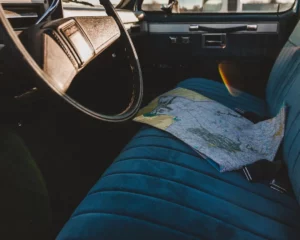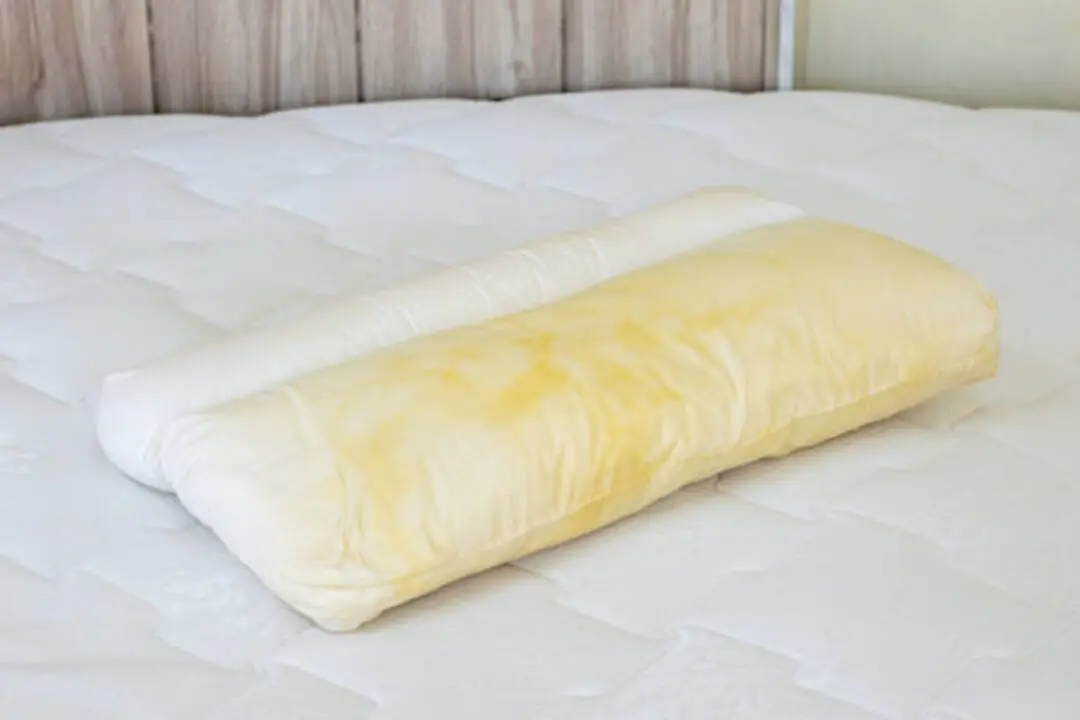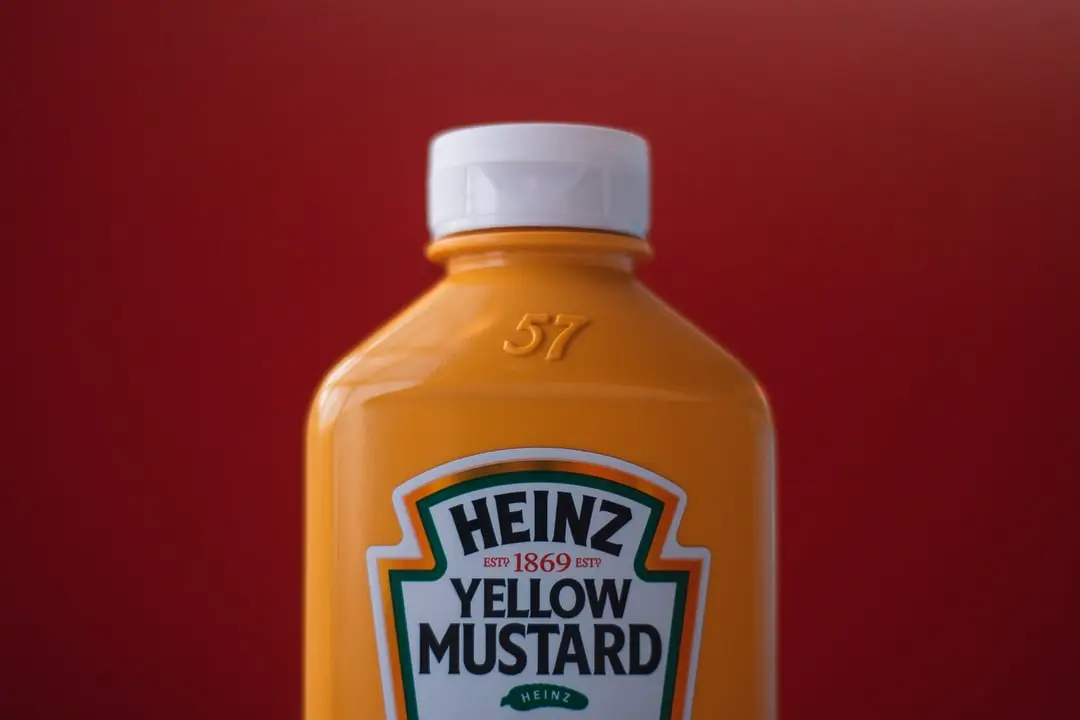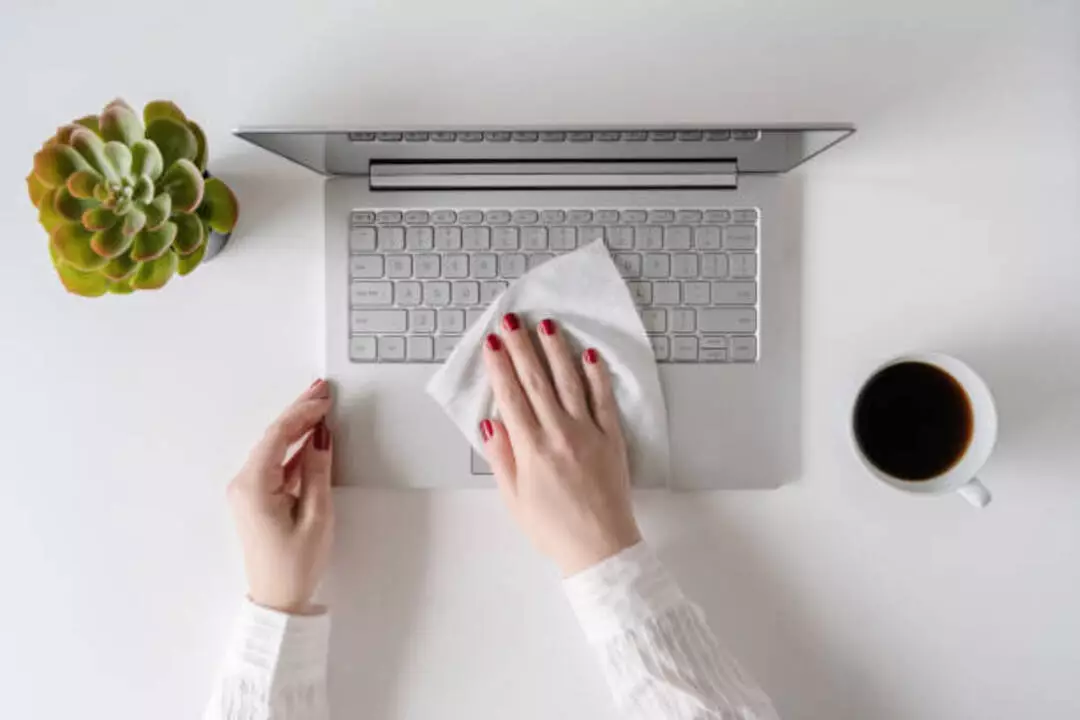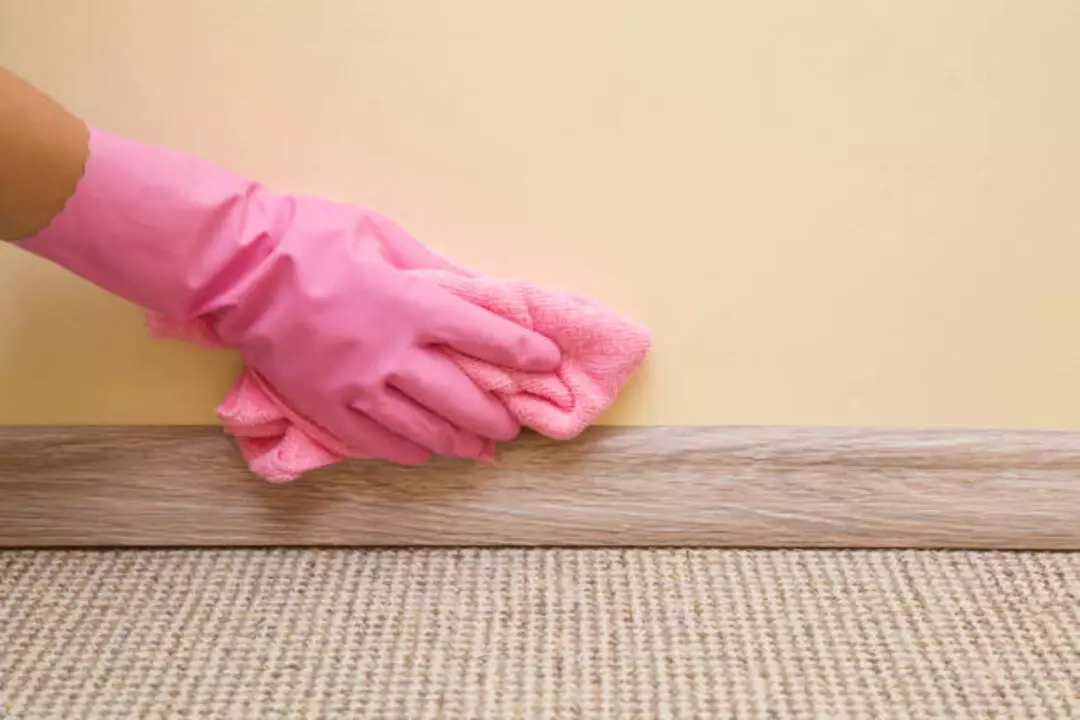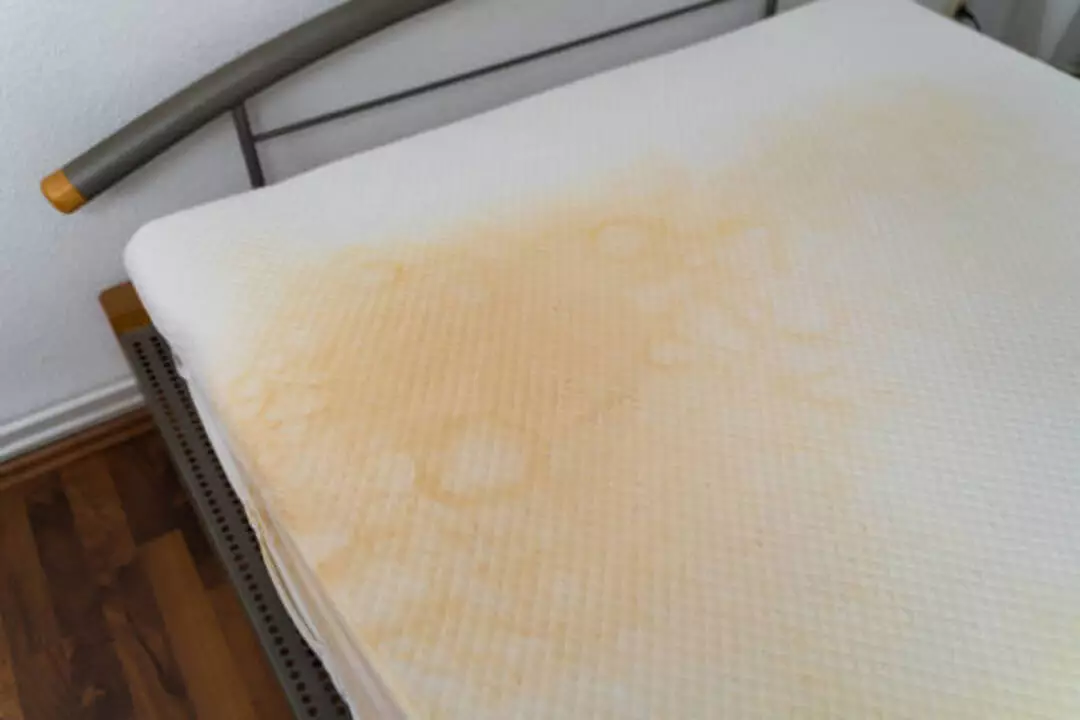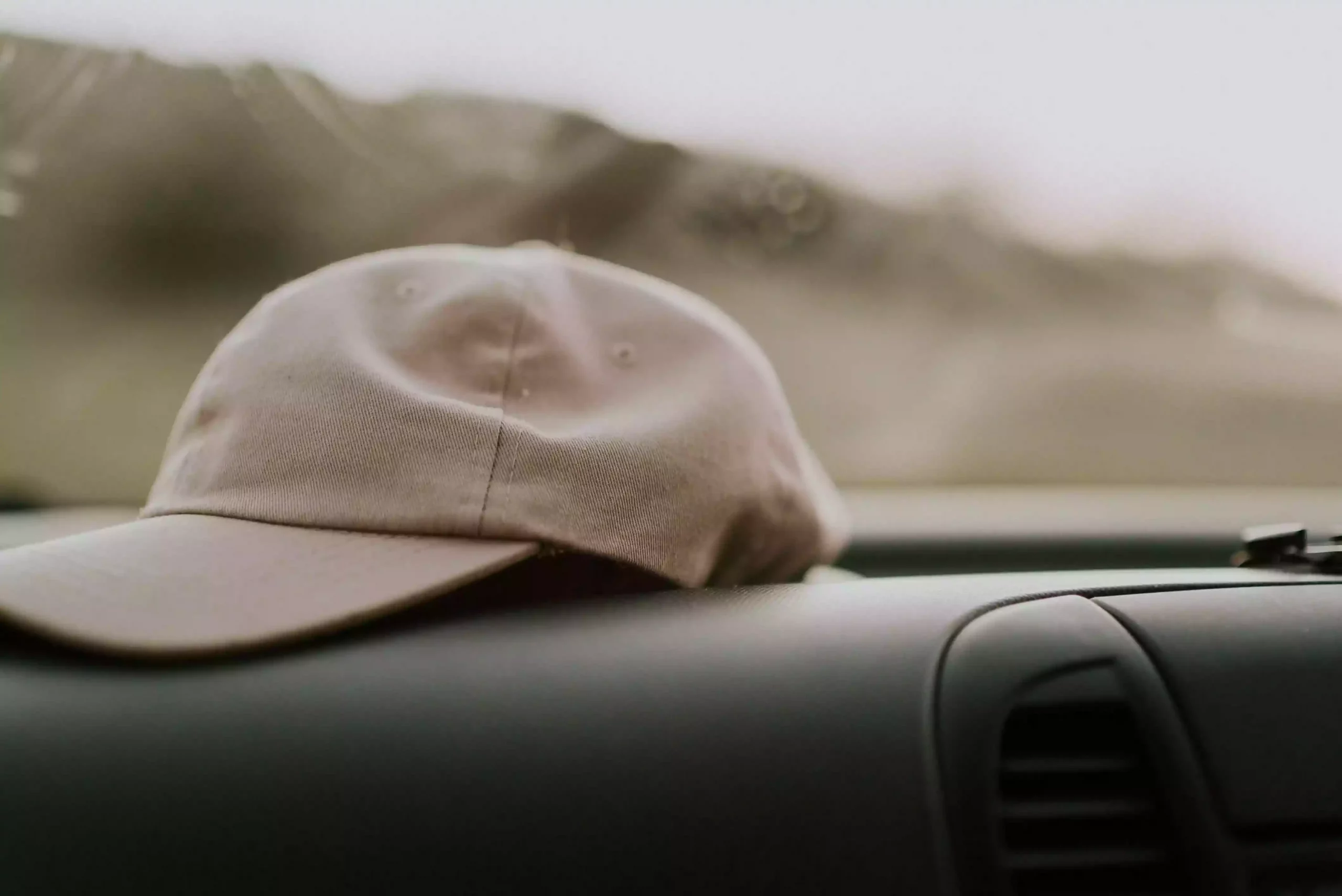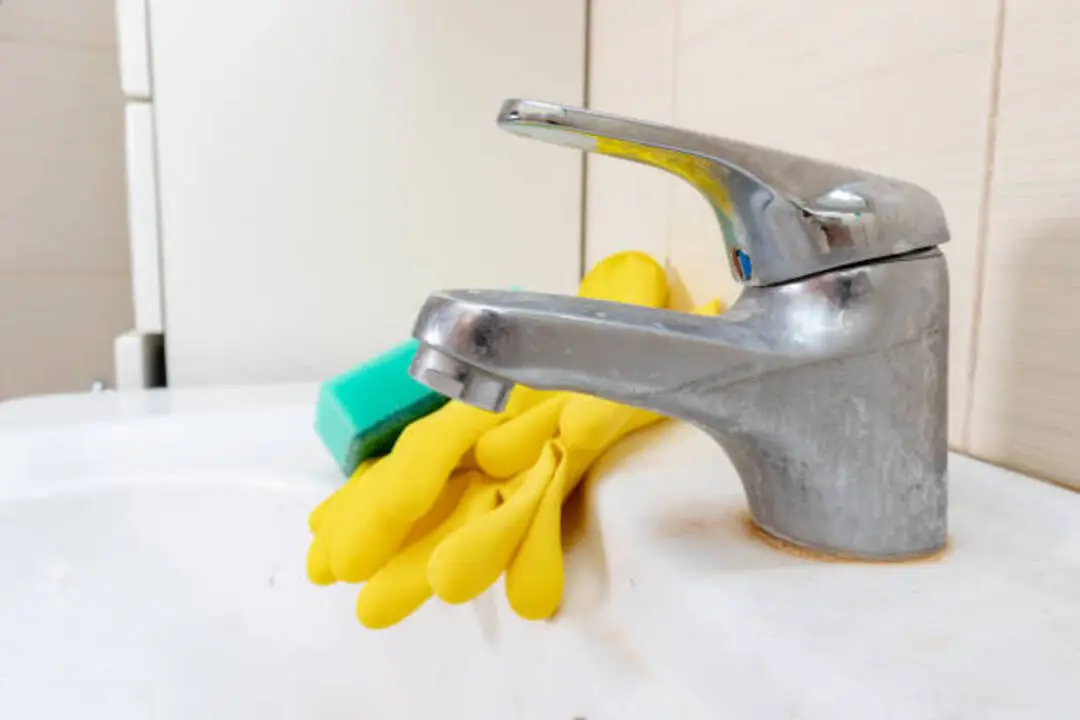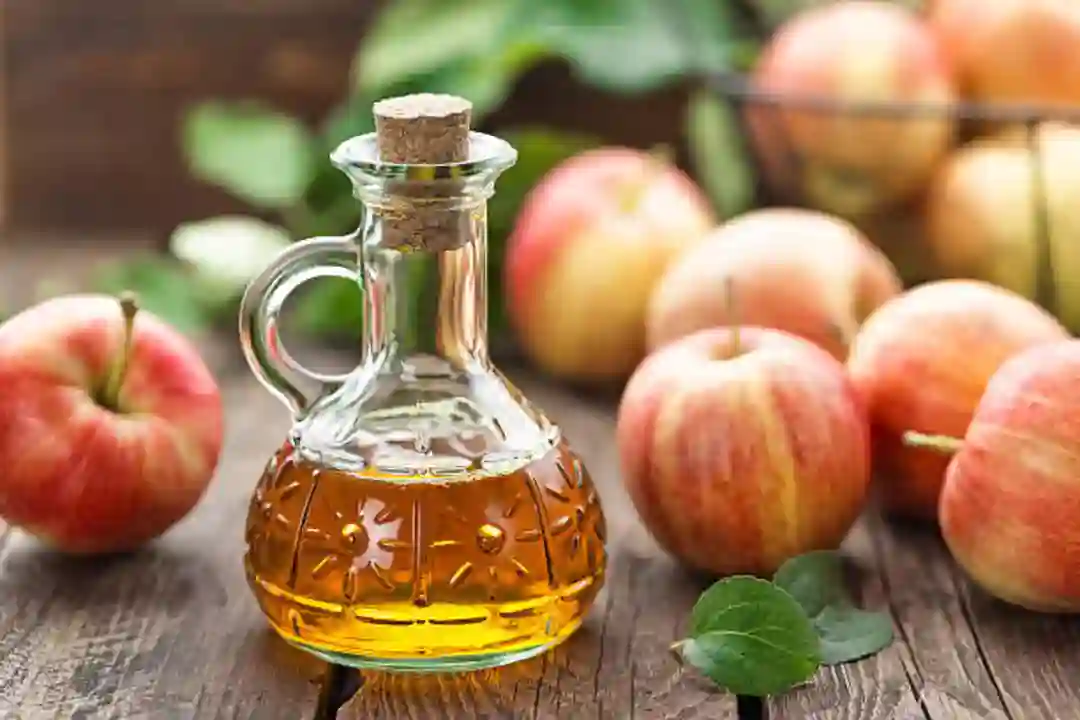Stains happen, and sometimes they’re really tough to get out. Even when you do your best, some stains just won’t budge. What are the toughest stains that even the most expensive cleaners have a hard time removing? Find out with this blog post!
Many people have heard about these five toughest stains: wine, coffee, ketchup/mustard, chocolate sauce, and nail polish remover. But there are many other types of stains that can be difficult for even the most experienced cleaners to remove. Learn more in this blog post!
The content goes on from here with information on different types of cleaning challenges that homeowners might face.
Are some stains permanent?
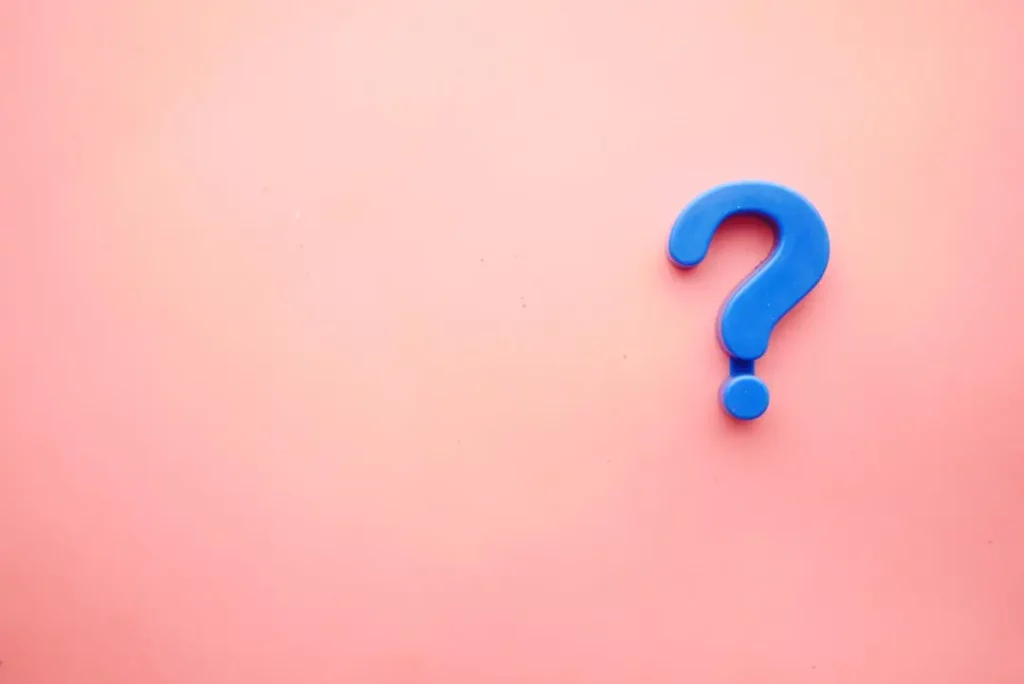
Stains are a common source of frustration, especially when the cause is unknown. Many stains seem to come out easily enough at first, but after many washes, they often reappear.
Sometimes this happens because the original stain is still present, and sometimes it’s because the fabric has been damaged in some way so that even different stains can leave a mark.
Before you start trying to remove a stubborn stain, it’s important to determine whether the cause is still present. If so, removing the mark may be impossible.
There are many different types of stains; some disappear quickly, while others may require more effort or time for removal. For example, some fabrics are naturally more likely to attract dirt and stains (such as carpets or areas with high foot traffic), while others tend to repel them (such as upholstery).
Additionally, certain substances are particularly difficult to remove. For example, oil-based stains may be impossible to completely remove without damaging the fabric.
The most common reason that a stain can’t be removed is that it has seeped through the fabric into the padding or fillings underneath. Once this happens, it’s essentially impossible to remove whatever has stained your carpet or upholstery.
Even if the stain seems to disappear at first, it may later reappear because of damage to the fibers in the area where it was placed. This type of staining is especially common with stains like grape juice or red wine. In some cases, the staining may become permanent because of a reaction between the substance and the dye in the fabric.
Sometimes, even if you can’t remove a stain completely, it may be possible to minimize its appearance. Cleaners have developed various tricks of the trade for particular types of stains, but it may take some experimentation to find the right solution for your particular problem.
Why Do Some Stains Become Difficult to Remove?
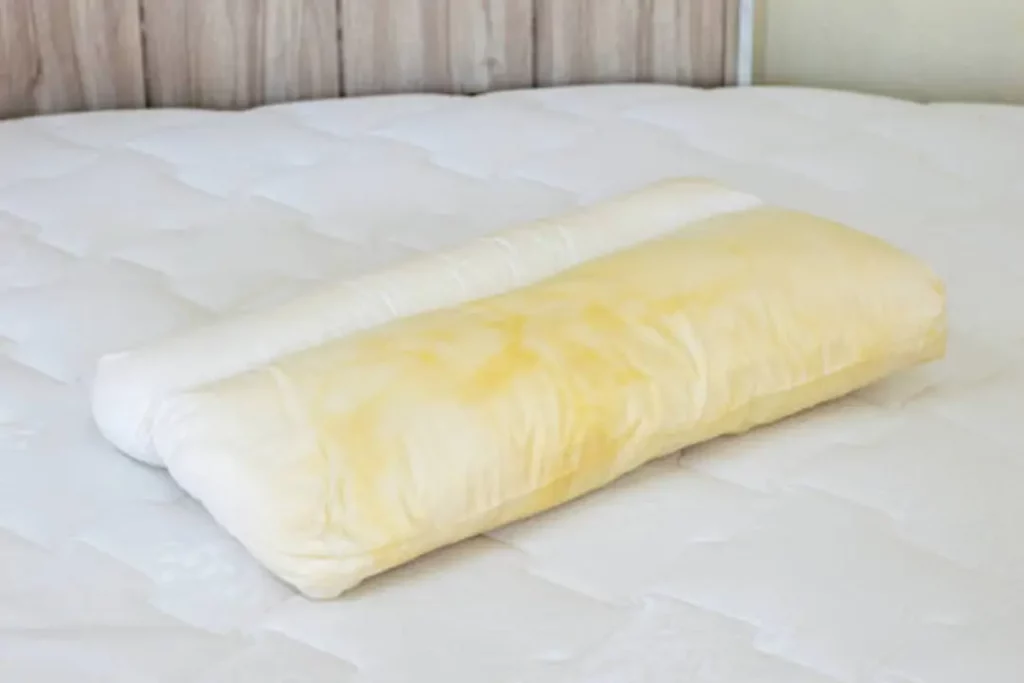
There are many stains that we encounter in our lives. There are equally many strategies, tools, and methods that help us remove them. But we sometimes find it difficult to clean some dirt or stains no matter how hard or smart we try. The following are some reasons that can affect the difficulty of removing stains:
- Delays in cleaning stains: The most effective way to remove stains is to act quickly. The more a stain stays on a cloth or other surface, the more it becomes difficult to remove.
- Not knowing the cause of a stain: The most important factor to consider when cleaning a stain is knowing its cause. This helps you come up with the right methods and tools to help you remove them. However, if you don’t know the cause of a stain, you will be compelled to use trial and error methods in an attempt to clean it. This can worsen the situation of the stain.
- How delicate is the material or surface that has been stained: If the clothing or surface is highly delicate, it becomes difficult to remove the stains.
- Your first step matters a lot: The initial steps you take to remove dirt or stain can let it set permanently on the fabric or surface. This can allow the fabric to react with the cause of the stain and let it sink deep into the fabric, making the stain stubborn to remove. Therefore, make sure to always take appropriate steps at the beginning when trying to remove a stain.
What Stains Are Permanent?
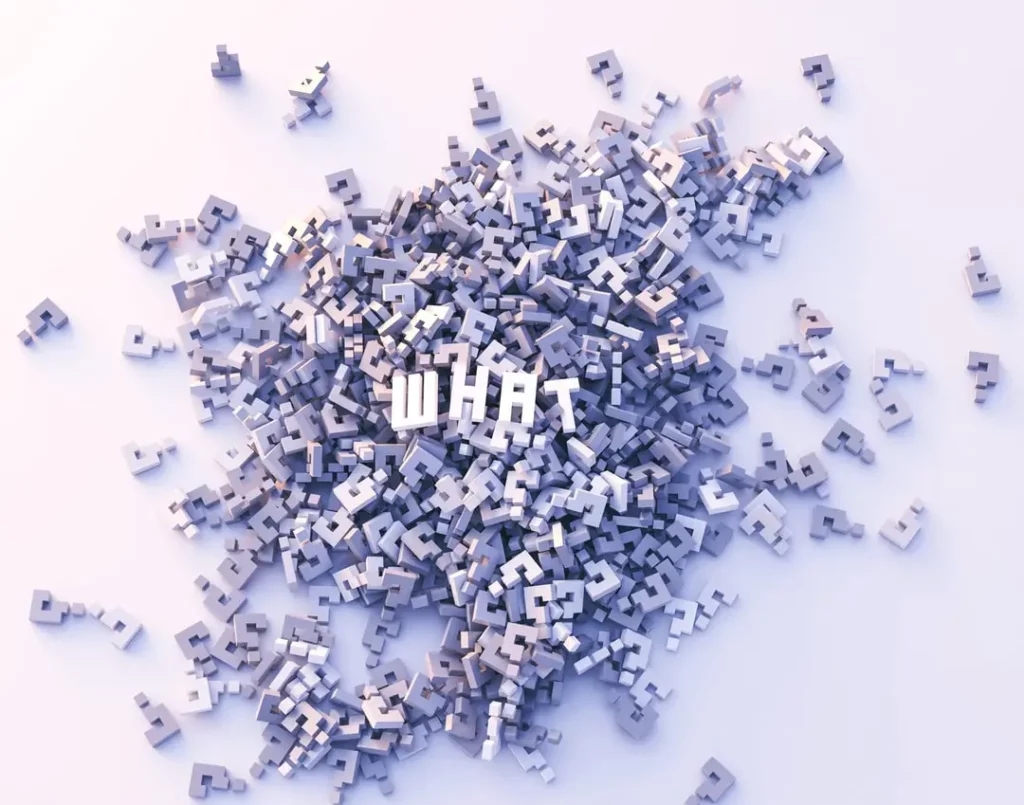
Some stains are permanent because they are caused by certain substances that leave permanent marks on fabrics. Some common examples of these types of stains are milling oil, rust, old dirt spots, perspiration, or urine.
These types of stains can be impossible to remove once they have set fully into the fabric fibers and become absorbed.
Some Common Stains That Are Permanent
1. Dried Blood Stains
Blood that has dried on the fabric is permanent because it oxidizes and turns into a dark brown or black color. You can attempt to remove fresh blood stains by making some simple changes to your washing machine settings.
Allowing blood to soak for several hours will help break up the stain before you wash. Using hot water is best because it will break down the proteins in the blood. It is important to avoid using chlorine bleach on bloodstains because it will just cause them to turn brown.
2. Mildew
Mildew can be very stubborn and nearly impossible to remove, but there are some solutions you can try before throwing out items that have mildew on them.
If your garment is washable, you can attempt to remove the mildew with detergent and ammonia. Using some baking soda on the affected area will help soak up the moisture that contributes to the growth of mildew.
3. Mud Stains
Mud stains are usually more difficult to clean than other outdoor dirt stains because mud binds itself into fabric fibers more easily. The particles in the mud are larger and more jagged than other types of dirt particles.
Once they have stuck to the fabric fibers, they can be very difficult to remove because they soak up water and dry out while still bound to the fabric.
4. Smoke Stains
If a piece of clothing is only stained with smoke from incense or cigarettes, it might help to add some vinegar to the wash load.
The vinegar will add a bit of acidity to the wash cycle and help break up some of the particles that cause smoke stains. It is also important to avoid using chlorine bleach on smoke-stained fabric because this may turn it yellow or grey.
5. Ink Stains
Ink stains can be difficult to remove, especially if you try to use harsh chemicals. To avoid damaging the fabric, it is best to use dish detergent and cool water on ink stains before washing.
Notes On How To Deal With Difficult Stains
- When you attempt to remove any type of stain that is permanent, be sure you are properly caring for the garment after treating the stain. If you do not treat the area with some sort of stain remover or pre-soak before washing, you risk the chance of permanent damage to the fabric fibers.
- If a stain is not treated and it sets deeply into the fibers, it can sometimes be nearly impossible to remove entirely when washing. Sometimes, trying to avoid treating these stains is best because the chemicals that cause them to set may permanently damage your fabrics.
- For more information about how to effectively treat some stains, it is advisable to consult the product’s label. Using these chemicals may be harmful or even fatal if they are ingested or cause an allergic reaction.
- Also, contact professional cleaners to help you remove difficult stains if you can’t find your way around them.
How do you remove some of these hard stains?
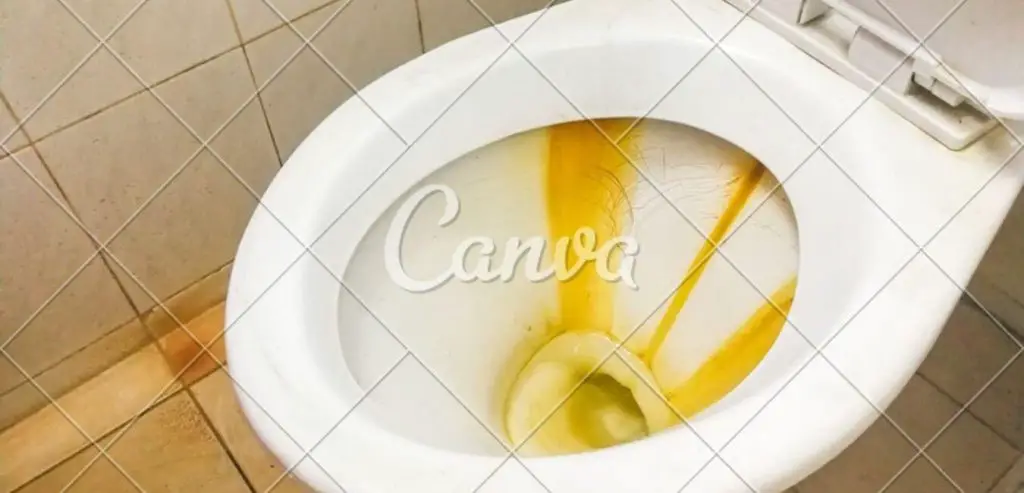
Most of these stains may indeed seem impossible to remove, but others can be removed easily when they’re quickly treated (some of these are bloodstains, mud stains, etc.). Using some of these methods below can easily help get rid of most stains at an early stage.
The following are some examples of substances that can be used to treat permanent stains. Please consult the product label for specific directions and precautions:
- Resolve (dissolves dirt stains)
2. Barkeepers Friend (removes rust, mildew, and tarnish)
3. Zout II Rust Remover (removes old rust spots that have fully set into fabric fibers)
4. Clorox Clean-Up (“liquid bleach alternative”)
5. Tide Liquid Laundry Detergent (“kills 99.9% of germs and removes stains”)
6. Woolite Oxy Deep Clean (removes body oils, perspiration, dirt)
7. WD40 Stain Remover (prevents rust from fully setting into fabric fibers)
8. Spray ‘n Wash Kitchen/Bath (removes grease and oil)
9. Snuggle Fabric Softener (helps remove perspiration stains)
10. Purex Complete 3 in 1 with Febreze Freshness (kills 99.9% of germs, removes dirt, prevents odors from setting into fabrics)
11. Comet Cleanser Powder (removes rust and other hard to remove mineral stains)
12. Shout Color Catcher (prevents color runs)
13. Goop Hand Cleaner Gel (removes oil, grease, paint)
14. Resolve Laundry Stain Remover Spray (dissolves dirt stains on contact)
15. Greased Lightning Heavy Duty Formula for Oily Stains (removes oil stains quickly and easily on contact)
16. OxiClean Versatile Stain Remover (removes food, drinks, pet stains)
17. Tide with Bleach Alternative Clean Breeze Scent Liquid Detergent (“kills 99.9% of germs and removes stains”)
18. Mr. Clean Magic Eraser (dissolves dirt on contact)
19. Static Guard Spray (prevents fabrics from creating static cling)
20. Scrubbing Bubbles Bathroom Cleaner Aerosol (removes soap scum, water spots, hard water stains, limescale build-up)
21. Resolve Laundry Stain Stick (penetrates and dissolves set-in dirt and stains on contact)
22. Goo Gone (removes adhesive, tar, and other hard to remove sticky substances on contact)
23. Tilex Mold & Mildew Disinfectant Spray (kills 99.9% of germs and prevents mold from setting in fabrics)
24. Lysol Power Fresh Multi-Surface Cleaner (removes stains and odors on contact)
25. Amodex Ink and Stain Remover (removes ink stains, permanent marker, grease, oil, felt marker stains, tar spots, ballpoint pen marks)
26. Tide to Go Instant Stain Remover Pens (a quick wipe removes fresh food and drink stains like coffee, soda pop, wine, or fruit punch)
27. Greased Lightning Spray (removes oil stains on contact)
28. Scrubbing Bubbles Heavy Duty Foaming Toilet Cleaner with Fantastik Power Crystals (removes hard water/limescale build-up, rust stains, soap scum, and grout residue)
Final Thoughts
Permanent stains are not always avoidable, but there are ways to effectively treat them. As you can see from our list of go-to substances for treating permanent stains, the best thing to do is consult your product’s label before using any chemicals on fabrics.
If all else fails and you have no choice but to use a potentially harmful chemical like bleach or ammonia, be sure that it does not come into contact with other materials since it can cause damage.
If you have a permanent stain that you just can not get rid of, try one of the products listed above. Good luck!

